Providing water that is safe for carnivorous plants requires a little research. Water from your faucet may be perfectly fine, but it may have a detrimental effect on the health of your plants.
Not all water is the same
Tap water
Using tap water for carnivorous plants in many cases isn’t a good idea. Tap water contains salts and chemicals (also called Total Dissolved Solids or TDS). While harmless to humans, some of these salts and chemicals can have detrimental effects on sensitive carnivorous plants, causing root burn, leaf browning, wilting and eventual death of the plant.
The amount of salts and chemicals in tap water is measured by parts per million (PPM). The PPM of tap water can vary depending on location but often falls between 100 and 400. Most carnivorous plants can tolerate a PPM range anywhere from 50 to 140, but the lower the number the better. If you are considering using tap water for your plants, buy a TDS Meter to check your PPM first. It’s also important to note that if your PPM is in the upper end of the “safe” range, flushing soil and trays regularly with fresh water is a good idea to help prevent mineral buildup.
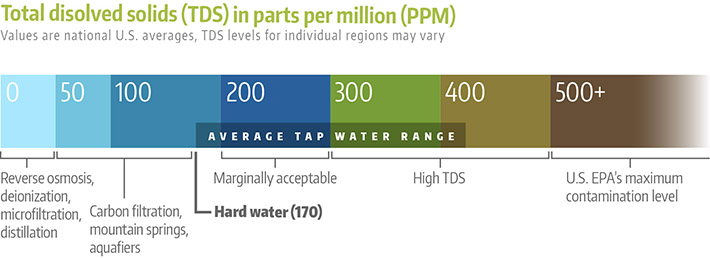
Rain and stream water
Rain or stream water can be good and inexpensive alternatives to use for carnivorous plants, if the plants are outdoors. Using rain or stream water can have downsides for indoor plants though. The main ones being possible contaminants like algae, bacteria, fungus and plant pests. Yes, even rainwater may contain small amounts of these! Exposing indoor plants to these contaminants is risky because there isn’t a balanced ecosystem like the one outside to keep various outbreaks at bay.
In addition, rain water tends to be acidic with a pH of around 5.6 due to interacting with carbon dioxide in the air. This may or may not be harmful to your plants but is still something to think about.

Distilled or reverse osmosis water
Using distilled or reverse osmosis (RO) water is the safest route when watering indoor carnivorous plants. The water is free from salts and chemicals and the steaming or filtration also takes care of organisms that may be present as well.
Distillation
You can purchase distilled water at the store or distill it yourself. We have found a basic household distiller like this one works well for the average hobbyist. It can produce up to 6 gallons per day.
Reverse osmosis
Obtaining clean water with a reverse osmosis system is beneficial if you need more than a couple of gallons at a time. This system can produce up to 50 gallons per day and removes up to 99% of chlorine, bacteria and other harmful substances in the water.
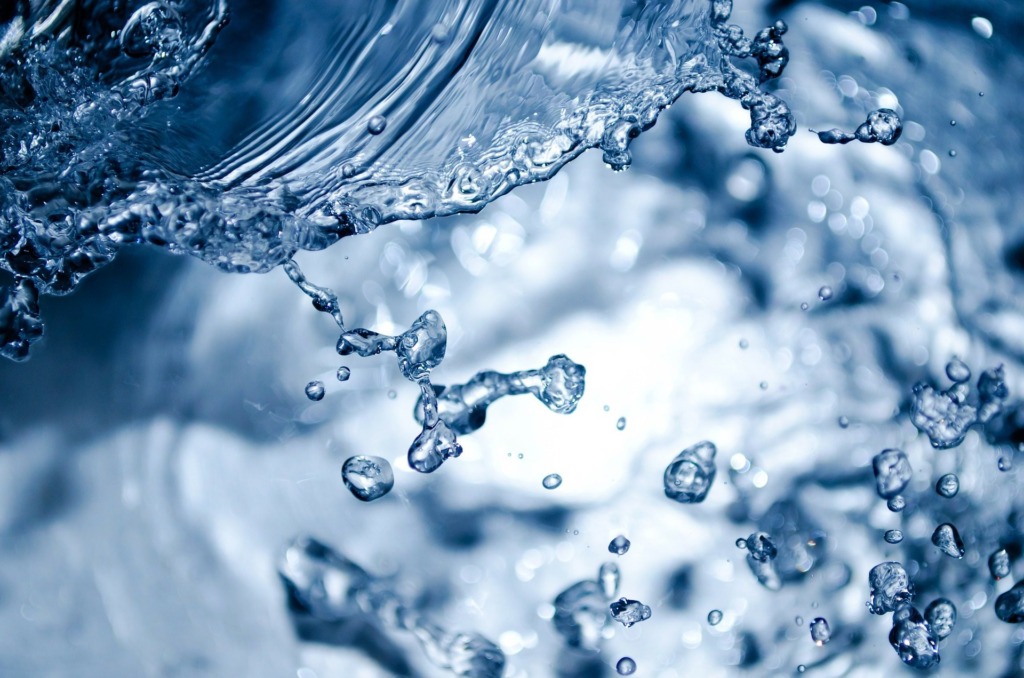
And please don’t do this!

Who knew there were so many types of water
Hopefully this article helps you determine what type of water you will use for your carnivorous plants based on your location and growing environment. If you have questions, please feel free to leave them in the comments and we’ll get back with you. Thanks for reading!

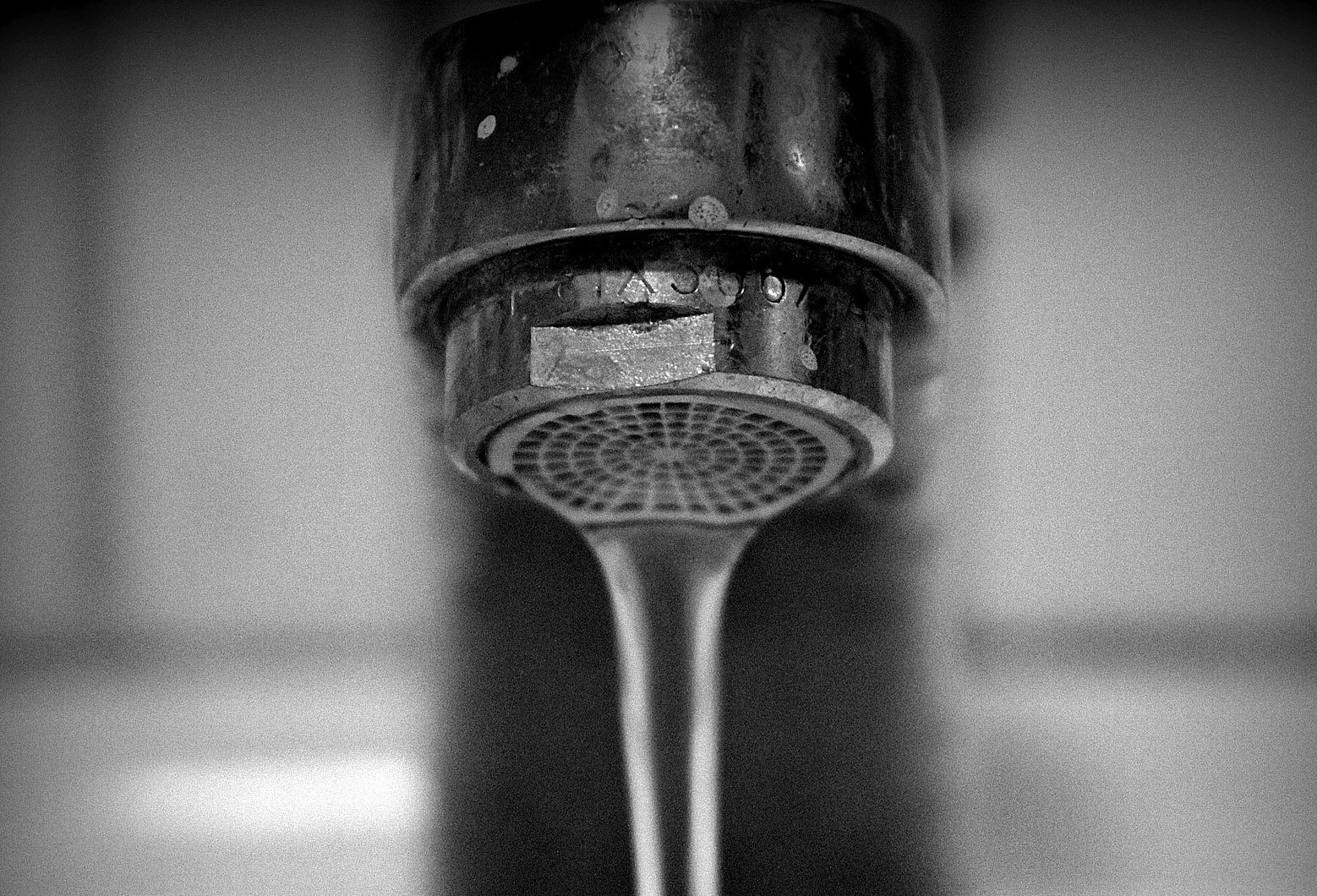
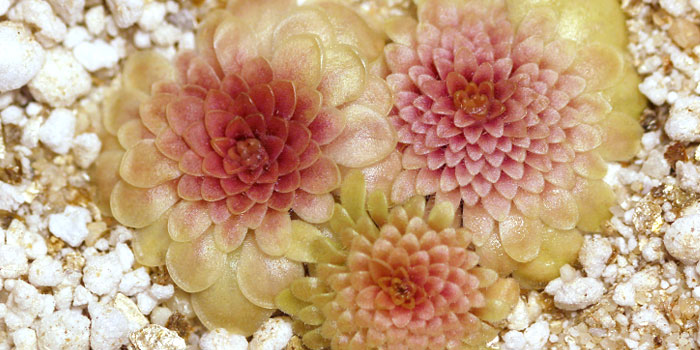

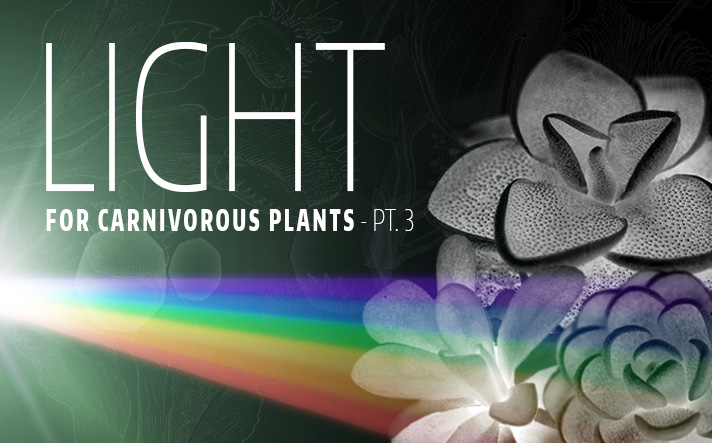
What about bottled spring water? Can that be used instead of distilled?
Hi William, bottled spring water can work but it depends on the brand. Some are purified and then have minerals added back in which can raise the ppm.
Do I need distilled water in the humidifier I use for my carnivorous plants ?
Hi Colton, you don’t necessarily need distilled water for a humidifier, however using water that has a lower mineral content would still be a good idea. It will be better for the plants and help prevent residue buildup in the humidifier itself.
is river water ok? i dont have money to buy a tds metre
The purity of river water would be highly dependent on the source but most likely it would not be good to use as there can be lots of contaminants from runoff.
What is the maximum ppm that is still can be used for rising my carnivorous plants?
If the water is used only for rinsing (temporary contact) and won’t soak into into the soil, regular tap water up to 400-500 ppm is ok.
So generally I would just used carefully prepared Rain Water for my Venus Flytraps and Sundews, but its been an exceptionally dry year, and I need alternatives. Is a PURE filter sufficient, or will I have to do the boil, ice, and glass bowl method?
Hi CJ,I am not too familiar with the various PURE filtration options. However, if it is one of the standard pitcher types, these don’t typically provide enough filtration to remove many of the salts and chemicals.
What about Brita filtered water or boiled water?
Hi Lili, Brita filters don’t typically provide enough filtration to remove most of the salts and chemicals. Boiling the water will evaporate the water itself and leave the salts and chemicals behind, creating a more concentrated solution.
I found one bottle water here in our area that has 65ppm, after placing it on a tray and placed the pot on top if it, ive noticed that the tds reading is getiing higher is this normal or im doing it wrong. Current reading was 225ppm
Hi Eldy, if you have been using the 65ppm water for awhile, this could cause the ppm to increase in the tray over time as the water evaporates and the salt and mineral content is left behind. It sounds you are seeing the increase over a short period though which means the soil or pot itself likely have deposits. It would be a good idea to flush the soil and rinse everything well to try and lower the ppm or if that doesn’t work, replace the soil.
what about using a water bottle with a filter for my cape sundew plant? I cant afford any of the more expensive reverse osmosis or distillation systems, so I was hoping that this might be a cheaper alternative.
Hi Rachel, off the top of my head I don’t know of any bottle filters that would be able to remove salts and chemicals out of the water since these contaminants are so small. To keep cost down, you could collect rainwater or invest in a TDS meter (usually less than $20) to see if the PPM of your tap water falls in the acceptable range. I have also heard of some growers collecting the condensed water from their air conditioning units though I have not tried this myself. I hope this helps!
My pitcher plant died from tap water exposure, the roots seem pretty strong althougjh i have no pitchers. Is it possible for the roots to recover from this?
Hi Richard,
I’m sorry about your pitcher plant. If the growth point or rhizome is still intact and only the pitchers themselves died, you should be ok but it depends on how deep the damage goes. Switching to water with a lower TDS and flushing the pot would be good to do as soon as possible and then wait to see if any new growth appears.
Thanks,
Elizabeth
What about well water ?
Well water has a higher chance of picking up salts and chemicals through ground leaching. It’s similar to tap water though in that the TDS can vary greatly from one place to another, a TDS meter can help you determine where yours falls and whether it would be safe for carnivorous plants. Thanks for you question!